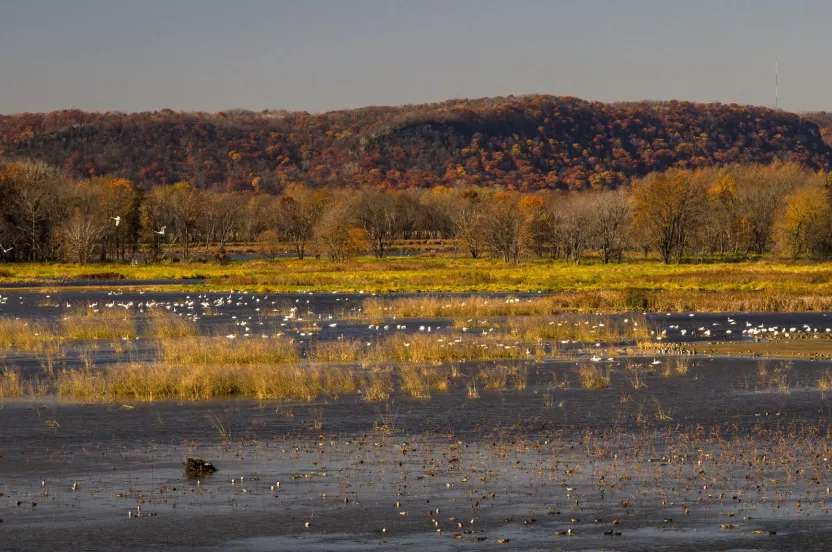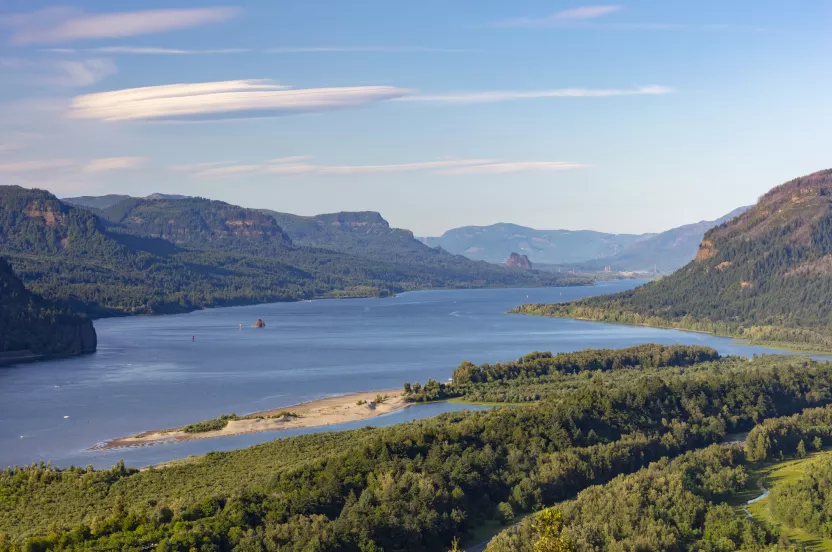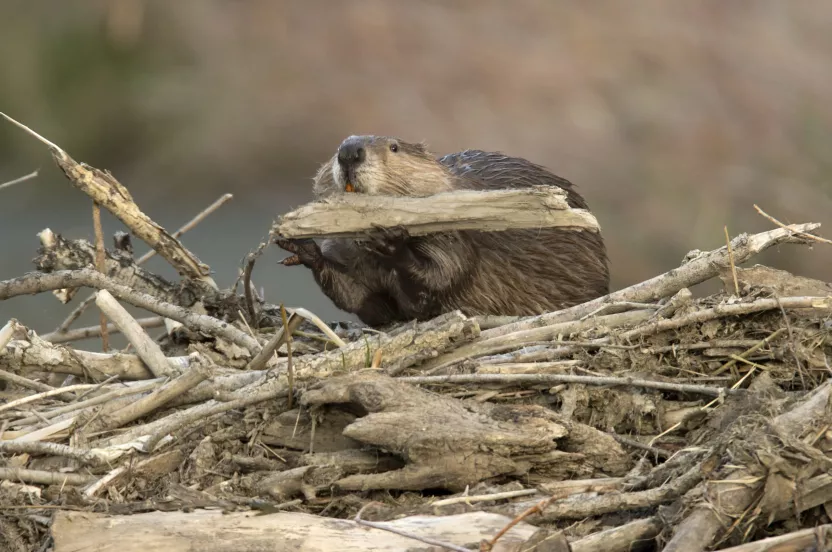Now live: The 2025 Canopy Report. Learn how Americans see trees. GET THE REPORT
How the Arbor Day Foundation Is Helping Heal After Hurricanes Helene & Milton
Tree plantings and distributions already underway less than a year after the Hurricanes battered U.S. coastlines back-to-back
October 2, 2025
The 2024 hurricane season became a historic one in a span of 13 days, when back-to-back hurricanes, Helene & Milton, struck the same coastal regions of the United States in less that two weeks’ time.
Rooted in Resilience: Asheville’s Journey to Reforest After Hurricane Helene
Hurricane Helene tore through Asheville, North Carolina, it left behind more than just physical destruction.
It disrupted a community deeply connected to the outdoors. Known for its vibrant arts scene, hiking and biking trails, and tight-knit neighborhoods, Asheville is a place where the natural world is woven into daily life.
But the storm changed everything.
“The damage from Hurricane Helene was catastrophic,” said Sara Millar, community forestry and nursery manager for Asheville Greenworks. “Some credible sources say that we had about 40% of our canopy damaged or destroyed. We are going to be recovering for decades to come.”
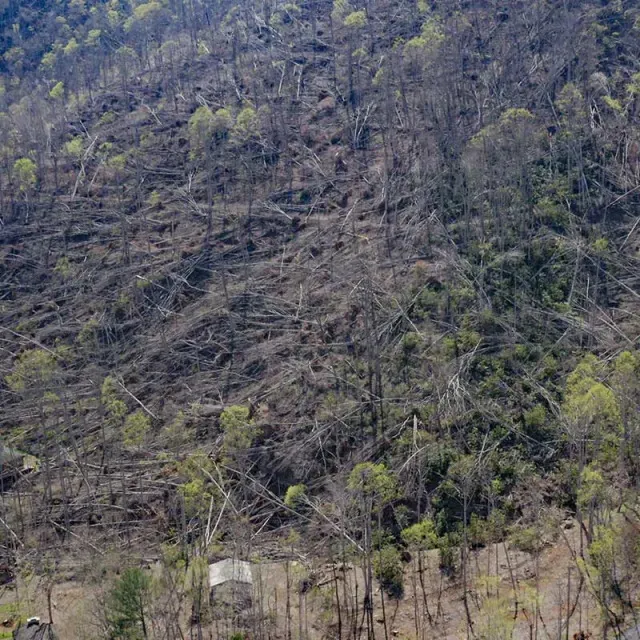
Though not a coastal city, Asheville’s unique geography nestled in the valleys of the southern Appalachians made it vulnerable. Torrential rains and runoff from surrounding mountains overwhelmed waterways like the iconic French Broad River that flows through the heart of Asheville, flooding entire parklands and uprooting acres of forest.
“Entire sections, acres of forest were completely blown over. Absolutely staggering,” said Jack Igelman, a local conservationist and professor at Warren Wilson College.
For residents like Phillip Blocklyn, the storm was deeply personal. “The sound of the river, it was completely disorienting,” he said. “It just sounded wrong. You could hear debris — metal sheds crashing together. It was the sound of destruction.”
In the wake of this devastation, the Arbor Day Foundation stepped in quickly with a long-term commitment, committing to plant 10 million trees in the affected areas from Hurricanes Helene and Milton, which struck back-to-back blows across six states in the south and mid-Atlantic in the fall of 2024.
That pledge wasn’t just symbolic, but rooted in action. Trees are already being planted in the spring, some six months after the storm.
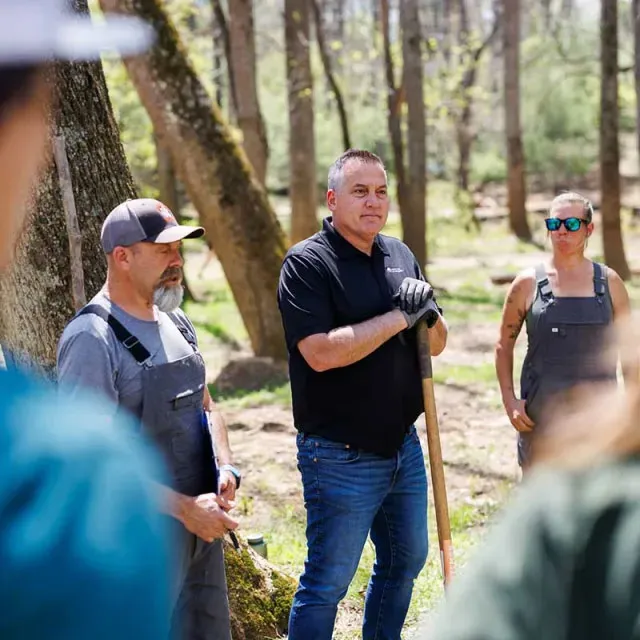
With an unmatched community of local organizations to turn initiative into action through tree plantings, the Foundation is uniquely positioned to help areas recover lost canopy regardless of where a disaster strikes.
“What makes us unique is our partner network,” said Dan Lambe, CEO of the Arbor Day Foundation. “We know what to plant, where to plant, and when to plant.”
Millar agrees, saying, “The Arbor Day Foundation believes in the work we’re doing—and that means everything.”
Since the hurricane, Asheville Greenworks and the Arbor Day Foundation have distributed almost 6,000 free native trees to residents. Additional tree planting events have taken place at beloved community spaces like Hominy Creek Greenway.
While trees are always needed after natural disasters, recovery efforts take their own shape each time. And the Arbor Day Foundation has built a reputation in disaster recovery with that understanding. Local insight leads the way, ensuring restoration is rooted in needs directed by the community.
“Recovery isn’t one-size-fits-all,” Lambe said. “Every storm leaves a different footprint, and our role is to listen first.”
Millar said the quick action of the partnership allowed trees to get planted and healing to begin for a city that was ready to recover surprisingly fast even to her.
“The tree distributions really make me happy and give me hope,” Millar said. “When we started this initiative, people were still recovering and addressing basic needs. We weren’t sure if our community would be ready for trees yet. But the overwhelming response showed us they were.”
The act of planting trees after a disaster, like a hurricane, is important for the ecosystem to recover. But it is also a way for a community to reconnect and move forward. Trees can be more than replacements for what was lost. They’re symbols of healing and resilience.
“Trees bring a sense of hope and healing back to the community,” Lambe said. “The need for trees has never been more important than it is today.”
Millar sees this work as transformative for herself in addition to the land that was so broken after Helene.
“This work has really changed me,” she said. “It’s shown me how strong our community is. Being out in nature is healing. It gives the community hope.”
That hope is contagious. Said Blocklyn: “You can’t plant trees without hope. Nature isn’t an escape — it’s where I should be. It’s coming home.”

